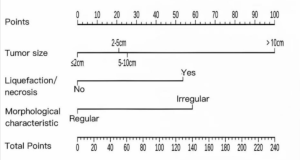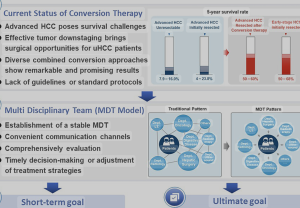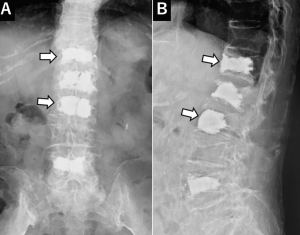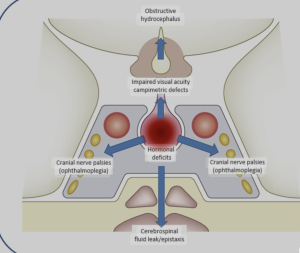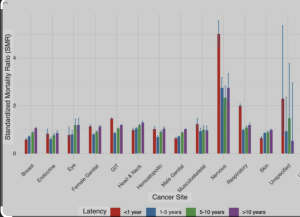In a Preclinical Experimental Study Zou et al. 1) from the Department of Neurosurgery, Huashan Hospital, Fudan University, Shanghai, China, evaluated in the Journal of neurosurgery the antiangiogenic effect of 2-methoxyestradiol (2-ME) in a rat model of intracranial venous hypertension, used as a proxy to study dural arteriovenous fistula formation. Specifically, the authors aimed to determine whether 2-ME could reduce angiogenesis in the dura mater by modulating the HIF-1α and ID-1 pathways, which are implicated in hypoxia-induced neovascularization, and concluded that 2-ME could potentially serve as a therapeutic agent to modulate angiogenesis caused by intracranial venous hypertension — a process they consider central to DAVF development.
🚩 1. Flawed Model: DAVF Without DAVF
Despite the title and clinical framing, this study does not model dural arteriovenous fistulas (DAVFs).
No arteriovenous shunt is demonstrated.
No hemodynamic assessment is performed.
No imaging or functional endpoints validate that the model reflects DAVF pathophysiology.
👉 What the authors present is not a DAVF model, but a crude simulation of dural angiogenesis via venous outflow obstruction. Calling it a DAVF model is scientifically misleading.

